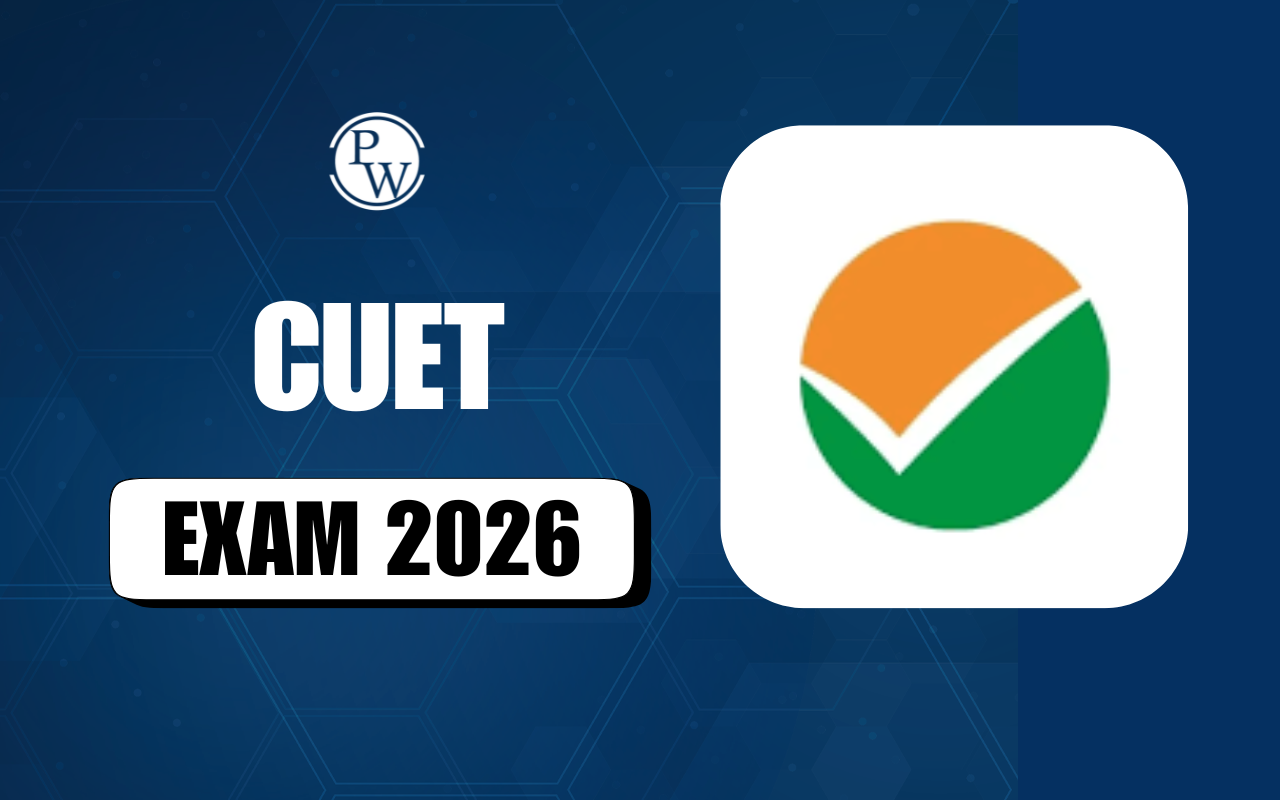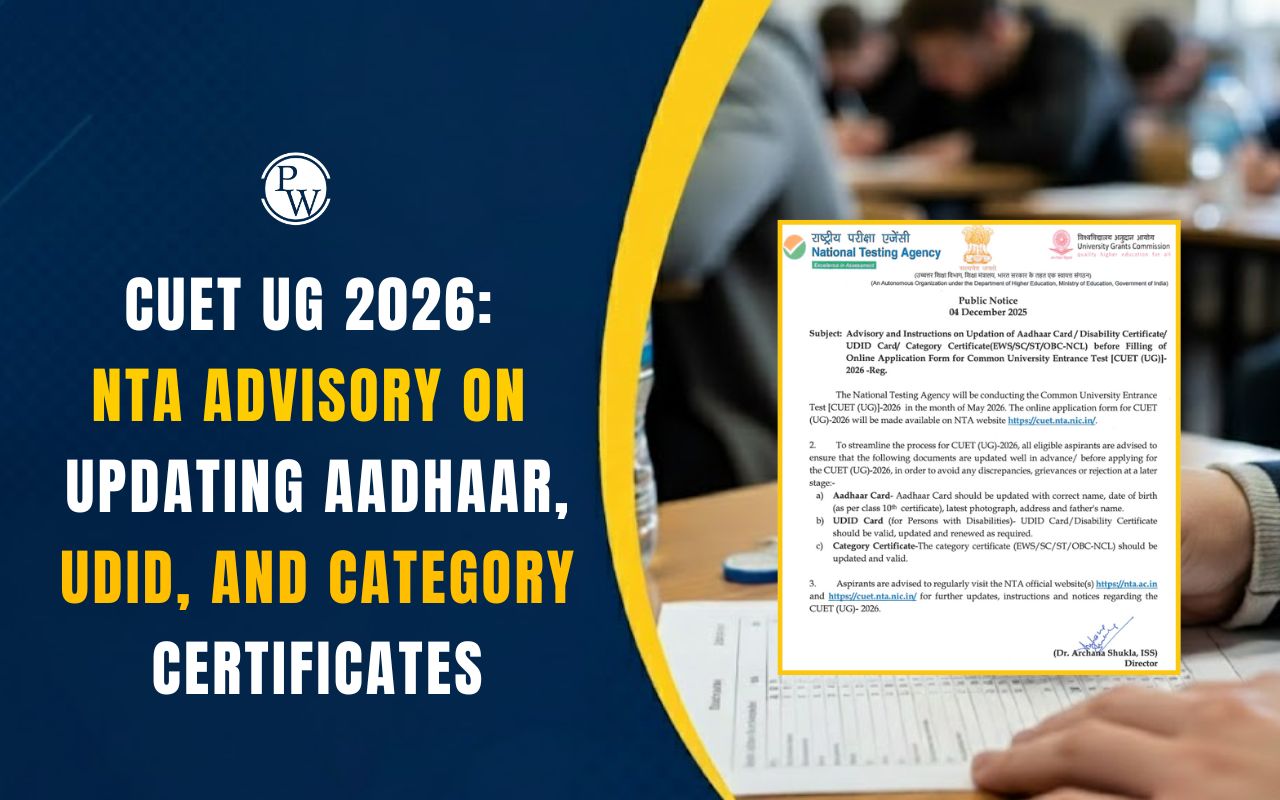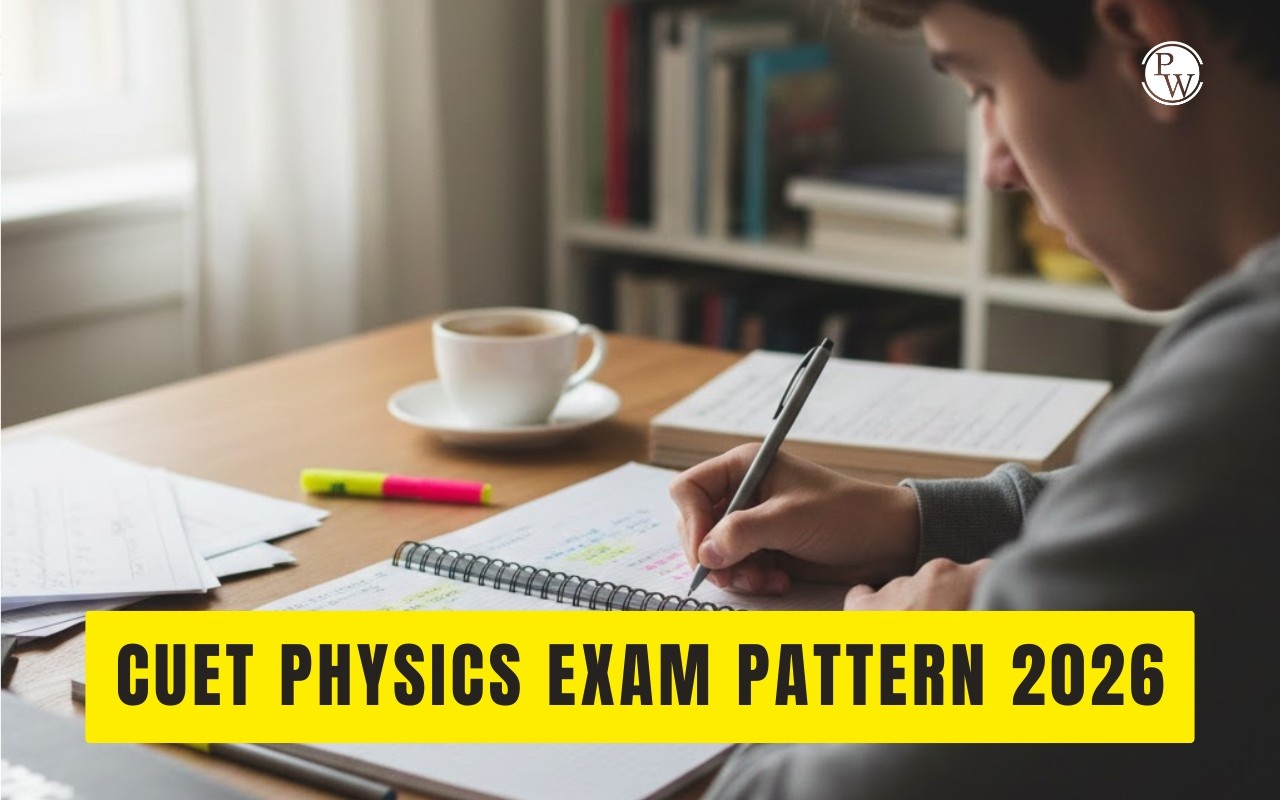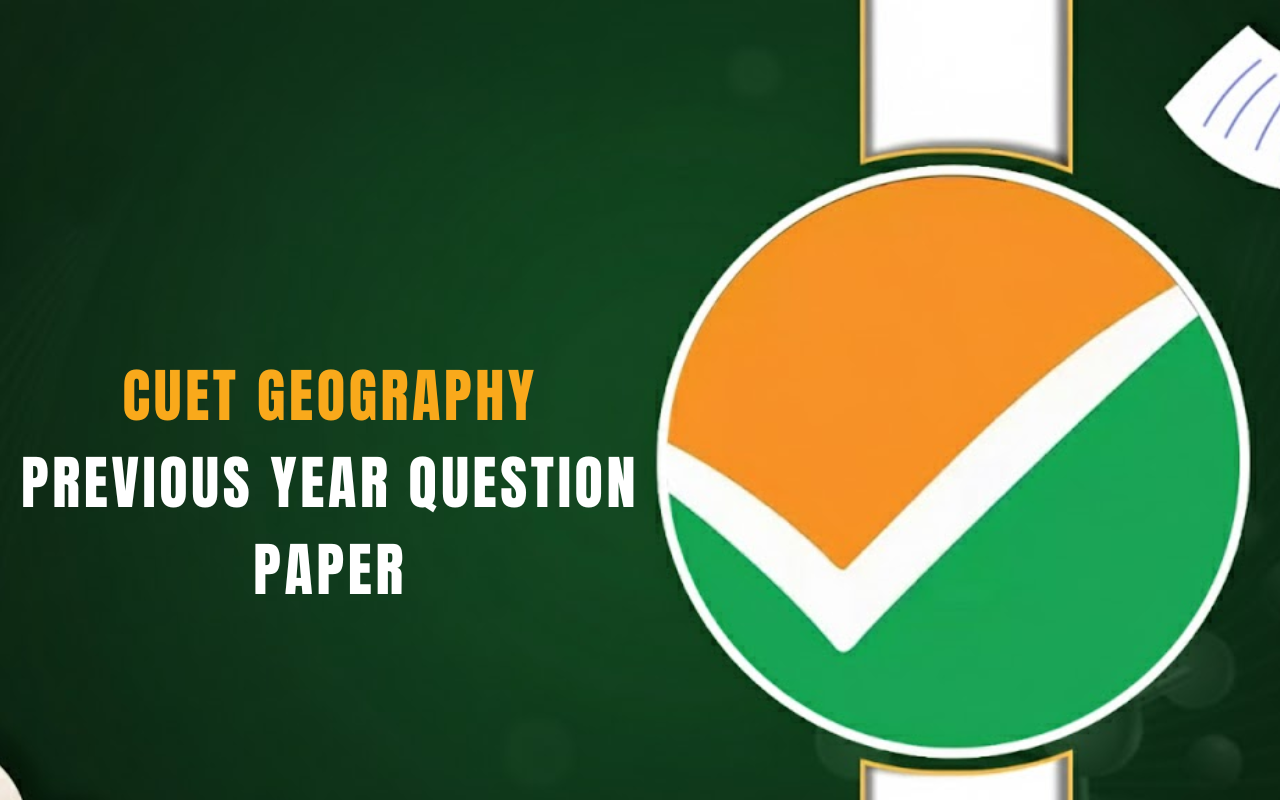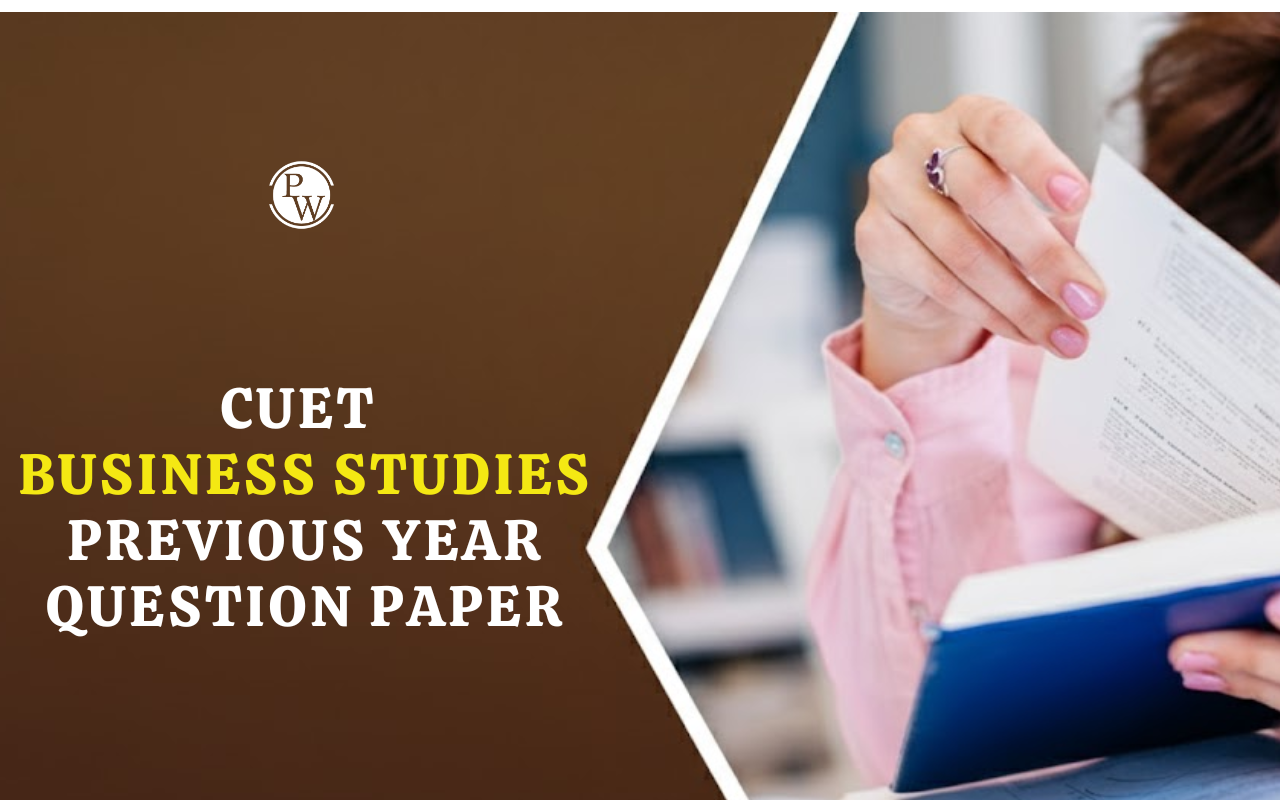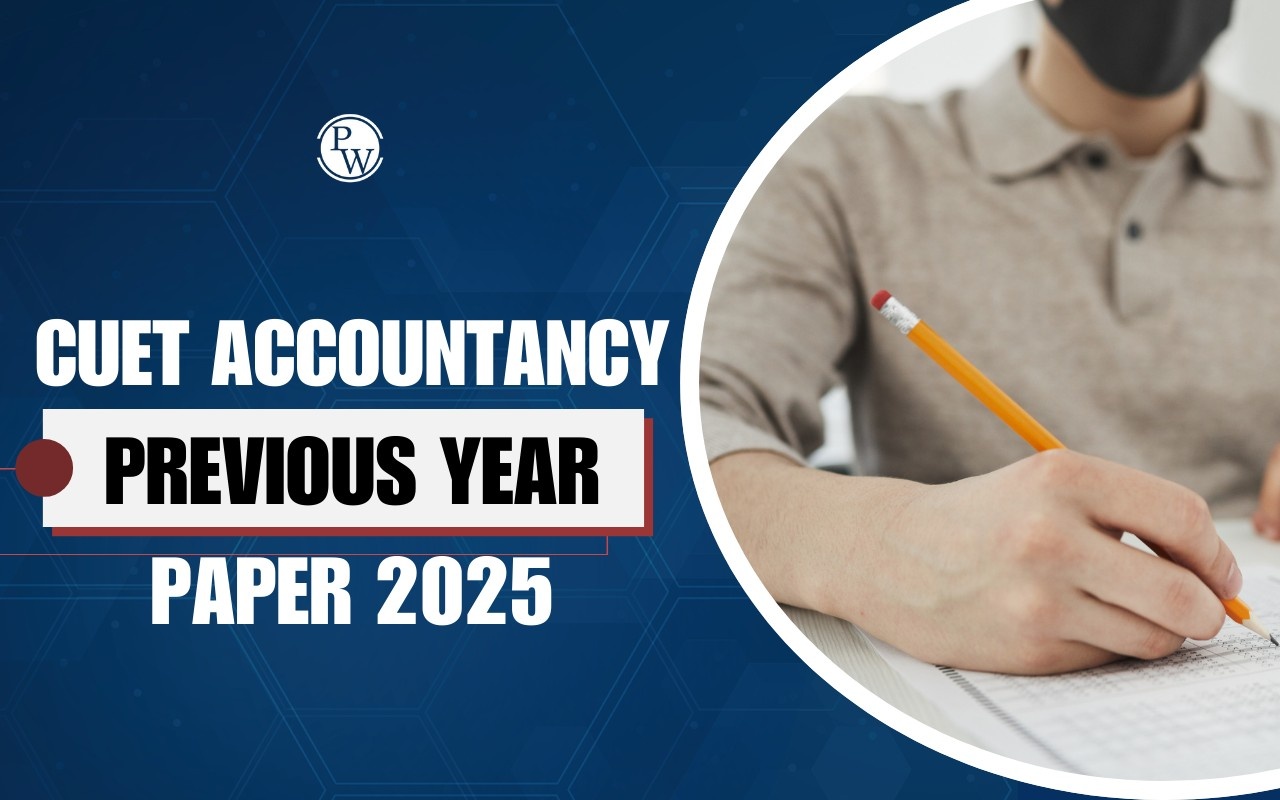
CUET Weightage Chapter Wise 2026 for UG provides students with a clear idea of the important chapters and topics for exam preparation. CUET is a centralised entrance test conducted by the NTA for admission to undergraduate courses across India. Knowing the chapter-wise weightage helps candidates focus on high-priority topics and plan their studies effectively to perform well in the exam.
CUET Weightage Chapter Wise 2026 Overview
Below is an overview of the CUET Weightage Chapter Wise 2026 for CUET UG 2026 aspirants. The table shows the sections, their focus areas, and the number of questions expected in each section.
|
CUET Weightage Chapter Wise 2026 Overview |
||
|
Section |
Description |
Number of Questions |
|
Section I – Language |
Choose one language from 13 options; tests reading, grammar, vocabulary, and comprehension |
50 |
|
Section II – Domain Subjects |
Select up to 5 subjects from 23 domain subjects based on course eligibility; includes Science, Commerce, and Humanities |
50 per subject |
|
Section III – General Test |
Tests general knowledge, reasoning, and quantitative aptitude; applicable for all candidates |
50 |
Chapter Wise Weightage for CUET General Test 2026
Here is the CUET Weightage Chapter Wise 2026 for the CUET General Test Syllabus 2026, covering General Awareness, Reasoning, and Numerical Ability. The table below shows the expected number of questions from each topic to help candidates plan their preparation effectively.
|
Chapter Wise Weightage for CUET General Test 2026 |
||
|
Section |
Topic / Category |
Number of Questions |
|
General Awareness |
Science |
4 |
|
Geography |
7 |
|
|
Sports |
1 |
|
|
Personalities |
4 |
|
|
Defence |
2 |
|
|
Awards |
2 |
|
|
Polity |
3 |
|
|
Miscellaneous |
1 |
|
|
Currency |
1 |
|
|
Reasoning |
Series |
2 |
|
Analogy |
1 |
|
|
Coding-Decoding |
2 |
|
|
Family Tree |
1 |
|
|
Calendar |
1 |
|
|
Clocks |
2 |
|
|
Data Sufficiency |
1 |
|
|
Directions |
1 |
|
|
Visual Reasoning |
4 |
|
|
Arrangement |
2 |
|
|
Statement-Conclusion |
1 |
|
|
Numerical Ability |
Simplification |
1 |
|
Fractions |
1 |
|
|
HCF-LCM |
1 |
|
|
Age |
1 |
|
|
Percentage |
1 |
|
|
Ratio |
2 |
|
|
Profit, Loss, Discount |
1 |
|
|
Simple Interest |
1 |
|
|
Area |
1 |
|
|
Volume |
1 |
|
|
Time and Work |
2 |
|
|
Time, Speed and Distance |
1 |
|
|
Mean-Mode |
1 |
|
|
Triangle |
1 |
|
|
Trigonometry |
1 |
|
Also Check: Is General Test Compulsory for CUET 2026
Chapter Wise Weightage for CUET English 2026
For students preparing for CUET 2026, it is important to know the CUET Weightage Chapter Wise 2026 for the English section. The table below shows the expected number of questions from each topic to help students plan their preparation effectively.
|
Chapter Wise Weightage for CUET English 2026 |
|
|
Topic |
No. of Questions |
|
Comprehension |
15 |
|
Parts of Speech |
3-4 |
|
Para Jumbles |
3-4 |
|
Synonyms and Antonyms |
2-3 |
|
Active/Passive Voice |
3-4 |
|
Fill in the Blanks |
3-4 |
|
Incorrect/Correct Statement |
3-4 |
|
Phrases and Meaning |
5-6 |
CUET Chapter Wise Weightage for Science
For students preparing for CUET 2026, it is important to know the CUET Weightage Chapter Wise 2026 for Science subjects. This includes the expected number of questions from core subjects like Biology, Chemistry, Physics, Mathematics, and Computer Science, which will help students plan their CUET Science Syllabus 2026 preparation effectively.
|
CUET Chapter Wise Weightage for Science |
||
|
Subject |
Topic / Section |
Expected Number of Questions |
|
Biology |
Applications of Biotechnology |
4 |
|
Biodiversity and its Conservation |
5 |
|
|
Biotechnology: Principles and Processes |
4 |
|
|
Ecosystem |
4 |
|
|
Evolution |
4 |
|
|
Human Health and Diseases |
4 |
|
|
Human Reproduction |
3 |
|
|
Microbes in Human Welfare |
3 |
|
|
Molecular Basis of Inheritance |
5 |
|
|
Organisms and Populations |
3 |
|
|
Principles of Inheritance and Variation |
3 |
|
|
Reproductive Health |
5 |
|
|
Sexual Reproduction in Flowering Plants |
3 |
|
|
Chemistry |
Solid State |
4 |
|
Electrochemistry & Solutions (Case study - Slightly difficult) |
5 |
|
|
Chemical Kinetics |
2-3 |
|
|
P Block Elements |
2-3 |
|
|
D and F Block Elements (Case study - Easy) |
5 |
|
|
Coordination Compounds (Moderately difficult) |
5-6 |
|
|
Alcohols, Phenols, and Ethers |
4-5 |
|
|
Aldehydes, Ketones and Carboxylic Acids |
3-4 |
|
|
Organic Compounds containing Nitrogen |
4 |
|
|
Polymers |
1-2 |
|
|
Chemistry in Everyday Life |
1-2 |
|
|
Physics |
Electrostatics |
8 |
|
Current Electricity |
7 |
|
|
Magnetic Effects of Current and Magnetism |
8 |
|
|
Electromagnetic Induction and Alternating Current |
6 |
|
|
Electromagnetic Waves |
1 |
|
|
Optics |
8 |
|
|
Dual Nature of Matter and Radiation |
5 |
|
|
Atoms and Nuclei |
4 |
|
|
Electronic Devices |
3 |
|
|
Mathematics – Compulsory Section |
Linear Programming |
2 |
|
Differentiation |
2 |
|
|
Area Under Curves |
1 |
|
|
Probability |
2 |
|
|
Integration |
2 |
|
|
Differential Equations |
1 |
|
|
Application of Derivatives |
2 |
|
|
Matrices |
2 |
|
|
Determinants |
1 |
|
|
Mathematics – Core & Applied |
Core Maths |
4 |
|
Probability |
7 |
|
|
Differentiation |
3 |
|
|
Financial Maths |
6 |
|
|
Numbers |
2 |
|
|
Differential Equations |
1 |
|
|
Inferential Stats |
3 |
|
|
LPP |
2 |
|
|
Numbers |
2 |
|
|
Time Series |
2 |
|
|
Matrices |
4 |
|
|
Application of Derivatives |
3 |
|
|
Computer Science |
Networking |
10-12 |
|
SQL |
10-12 |
|
|
Bubble Sorting |
4-5 |
|
|
Assertion Reasoning |
2-3 |
|
|
Code Completion |
2-3 |
|
CUET Chapter Wise Weightage for Humanities
For students preparing for CUET 2026 in Humanities, it is important to know the CUET Weightage Chapter Wise 2026. The table below shows the expected number of questions from History, Political Science, Psychology, Geography, and Legal Studies to help students focus on important topics.
|
CUET Chapter Wise Weightage for Humanities |
||
|
Subject |
Topic / Section |
Expected Number of Questions |
|
History |
2 Case Studies |
5 in each |
|
An Imperial Capital: Vijayanagara |
3-4 |
|
|
Kings and Chronicles |
3-4 |
|
|
The Mughal Courts |
3-4 |
|
|
Framing the Constitution |
2-3 |
|
|
Thinkers, Beliefs, and Buildings Cultural Developments |
2-3 |
|
|
Bhakti-Sufi Traditions |
2-3 |
|
|
Political Science |
Recent Developments in Indian Politics |
8-9 |
|
Challenges to the Congress System |
5 |
|
|
The End of Bipolarity |
2-3 |
|
|
Cold War Era |
3-4 |
|
|
US Hegemony in World Politics |
2-3 |
|
|
Alternative Centers of Power |
2-3 |
|
|
Contemporary South Asia |
2-3 |
|
|
International Organizations |
2-3 |
|
|
Security in Contemporary World |
2-3 |
|
|
Globalisation |
2-3 |
|
|
Environment and Natural Resources |
2-3 |
|
|
Psychology |
Psychological Disorders |
5-6 |
|
Therapeutic Approaches |
5-6 |
|
|
Meeting Life Challenges |
5 |
|
|
Self and Personality |
2-3 |
|
|
Variations in Psychological Attributes |
1-2 |
|
|
Attitude and Social Cognition |
1-2 |
|
|
Social Influence and Group Processes |
1-2 |
|
|
Psychology and Life |
1-2 |
|
|
Developing Psychological Skills |
1-2 |
|
|
Geography |
People: One Case Study |
7-8 |
|
Human Activities |
7-8 |
|
|
Transport, Communication & Trade |
4-5 |
|
|
Human Settlements |
2-3 |
|
|
Resources and Development |
2-3 |
|
|
Transport, Communication and International Trade |
2-3 |
|
|
Geographical Perspective on Selected Issues & Problems |
3-4 |
|
|
Map Work |
5 |
|
|
Legal Studies |
Judiciary |
3-4 |
|
Law Related Topics |
2-3 |
|
|
Arbitration, Tribunal Adjudication, and Alternative Dispute Resolution |
3-4 |
|
|
Human Rights in India |
3-4 |
|
|
Legal Profession in India |
2-3 |
|
|
Legal Services |
2-3 |
|
|
International Context |
1-2 |
|
|
Legal Maxims |
1-2 |
|
|
Case Study (Eg. Bhopal Gas Tragedy) |
- |
|
CUET Chapter Wise Weightage for Commerce 2026
For Commerce students preparing for CUET 2026, it is important to know the CUET Weightage Chapter Wise 2026 for Economics, Accountancy, and Business Studies. This includes the expected number of questions from each topic to help students focus their CUET Commerce syllabus preparation effectively.
|
CUET Chapter Wise Weightage for Commerce 2026 |
||
|
Subject |
Topic / Section |
Expected Number of Questions |
|
Economics |
Consumer Behavior and Demand |
6-7 |
|
Introductory Microeconomics |
2 |
|
|
Balance of Payments |
4-5 |
|
|
Government Budget and the Economy |
3-4 |
|
|
Determination of Income and Employment |
3-4 |
|
|
National Income |
3-4 |
|
|
Money and Banking |
2-3 |
|
|
Rural Development |
4-5 |
|
|
Indian Economy 1950-1990 |
2-3 |
|
|
Infrastructure |
2-3 |
|
|
Development Experiences of India – A Comparison with Neighbors |
2-3 |
|
|
Indian Economy on the Eve of Independence |
1-2 |
|
|
Economic Reforms since 1991 |
1-2 |
|
|
Accountancy |
Reconstitution of Partnership |
10-12 |
|
Analysis of Financial Statements |
7-8 |
|
|
Accounting for Share and Debenture Capital |
6-7 |
|
|
Accounting – Not for Profit |
5-6 |
|
|
Computerized Accounting System |
4-5 |
|
|
Business Studies |
Business Environment (Case Study) |
7-8 |
|
Match the Following |
7-8 |
|
|
Staffing |
5-6 |
|
|
Sequence Wise Questions |
5-6 |
|
|
HR-related Case Study |
5-6 |
|
|
Planning |
4-5 |
|
|
Organizing |
3-4 |
|
|
Directing |
3-4 |
|
|
Business Finance |
2-3 |
|
|
Financial Markets |
2-3 |
|
|
Marketing |
2-3 |
|
CUET Preparation Tips 2026
Preparing for CUET 2026 can be easier if you know the right strategy. Here are the tips to help you plan your studies and score well in the exam:
Know the Exam Pattern – Before you start, check the CUET exam pattern 2026 and sections. Understand how many questions come from each subject so you can plan your study.
Go Through the Syllabus – CUET has three main parts: Languages, Domain Subjects, and General Test. Focus more on important chapters and topics.
Make a Study Plan – Divide your time wisely. Spend extra time on subjects you find difficult, and don’t forget to revise regularly.
Use NCERT and Reference Books – NCERT books are very useful. Practice CUET previous year question papers and question sets to improve your understanding.
Practice Mock Tests – Take full-length mock tests often. This helps with time management and shows you which areas need more practice.
Understand Concepts – CUET tests your understanding, not just memorization. Make sure you are clear on key concepts in Science, Maths, and Commerce subject
Improve English and General Skills – Practice comprehension, grammar, and vocabulary for English. Solve reasoning and numerical ability questions for the General Test.
Revise Regularly – Make small notes of formulas, important facts, and dates. Go through them often to remember better.
Physics Wallah provides CUET UG Online Coaching with live classes, study materials, and practice tests. The courses are designed to make learning simple and effective, helping you prepare for your CUET UG exams with ease.
CUET Weightage Chapter Wise 2026 FAQs
Why is CUET Weightage Chapter Wise 2026 important?
Where can I find CUET Weightage Chapter Wise 2026 for all subjects?
Does CUET Weightage Chapter Wise 2026 change every year?
How should I use CUET Weightage Chapter Wise 2026 in my preparation?




